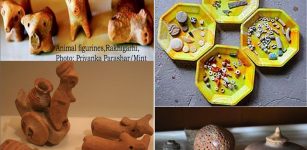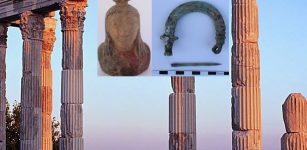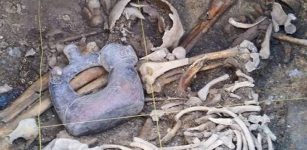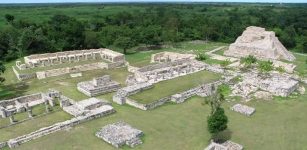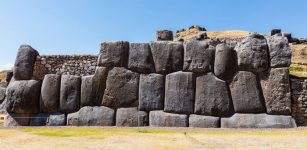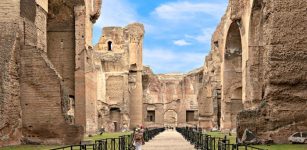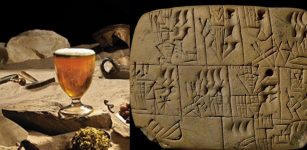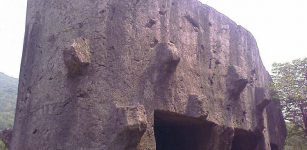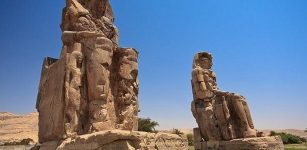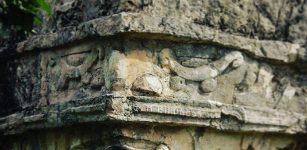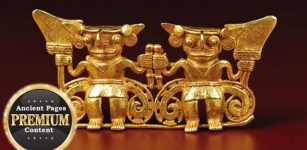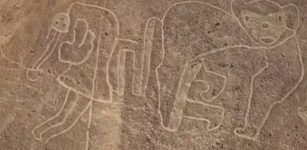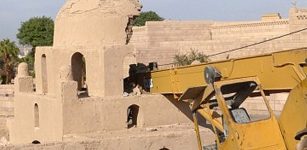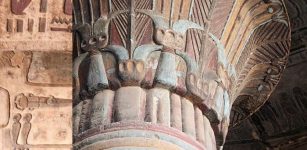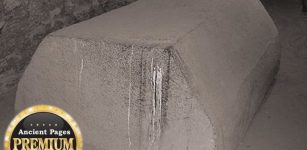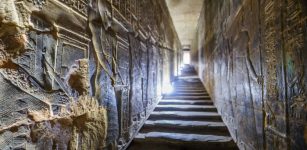China’s 4,200-Year-Old Taosi Ruins Confirmed As Ancient Capital Of Legendary Emperor Yao
Archeological excavations of the ruins of Taosi in Linfen City, Shanxi Province, China have confirmed the location of the capital of the Yao period, about 4,200 years ago, according to Wang Wei, head of the institute of archeology under the Chinese Academy of Social Sciences.
This would extend Chinese history 300 hundreds years ahead of the Xia Dynasty (c.21st century-16th century BC).
One of the most fascinating sage emperors of the golden age of antiquity, was Yao living in the middle reaches of the Yellow River, according to Chinese mythology. Confucius glorified his inspiration, righteousness and unselfish devotion.
The "Book of History" credits Yao with devising a calendar of 356 days to regulate agriculture.
Yao emperor (c. 24th century BC) - morally perfect and highly intelligent - originally lived in Tang County, Hebei Province which neighbors Shanxi. Later he migrated southward and finally chose Pingyang as his capital, Chinese historians confirmed.
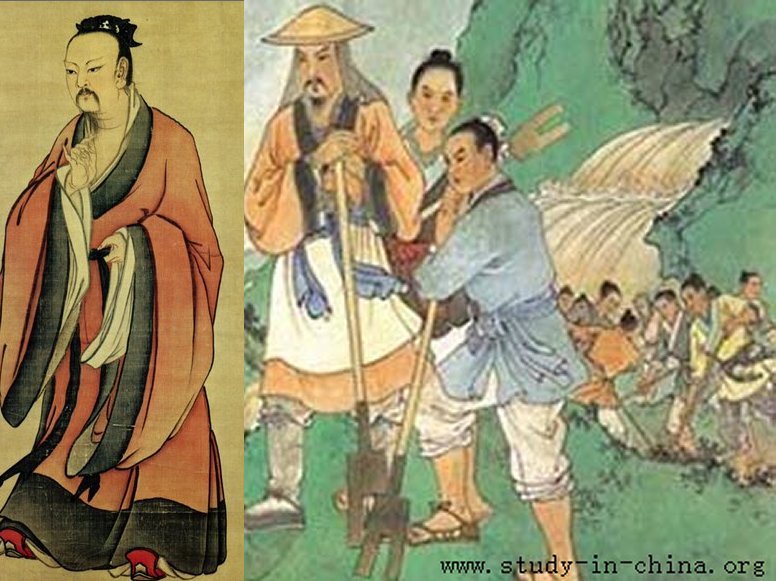
Left: Chinese Emperor Yao. Song Dynasty. Reign 2333 BC-2234 BC. Right: Yu's achievements in flood control were
famous; he drained water through ditches, and dredged the riverway. He succeeded in channeling the flood into the sea. Source
According to the legend, Yao became the ruler at 20 and died at 119.
Excavation of the Taosi site in Linfen City, North China's Shanxi province, began in l978. Chinese archaeologists launched a project in 2001 to seek the origins of their 5,000-year-old civilization.
"Taosi is what some historical materials identify as Pingyang, the capital of the Yao regime," according to researcher He Nu, who found the ruins of a mysterious semi-circular building in 2003 and 13 stone pillars that were originally erected at the site, forming 12 gaps between them, possibly an ancient observatory.
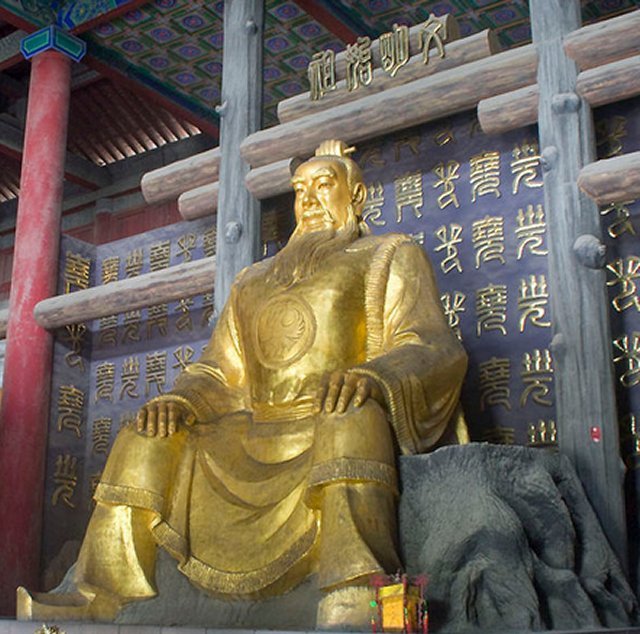
Chinese Emperor Yao. Song Dynasty. Statue in the Guanyun hall of the Yao temple in Linfen (Shanxi). Photo credits: Wikipedia
"The era of Yao and the succeeding emperors Shun and Yu are not legend. They are true history." Pingyang is the ancient name of Linfen City, where the temple and mausoleum of Yao are located.
Latest excavations showed the ancient city of Taosi covered an area of 2.8 million square meters with various functional divisions, including a royal palace, residential areas for nobles, the king's mausoleum, a ritual platform and a sort of an ancient observatory -- the oldest in East Asia.
Although the findings may still face some disputes, Chinese archeologists believe that through archaeological excavation and research, the legendary Emperor of Yao will become a true part of the history of China.
AncientPages.com



